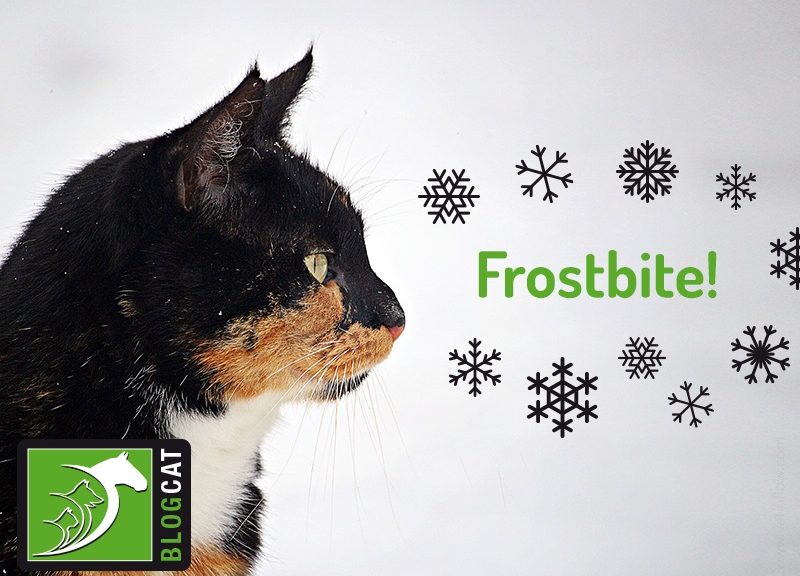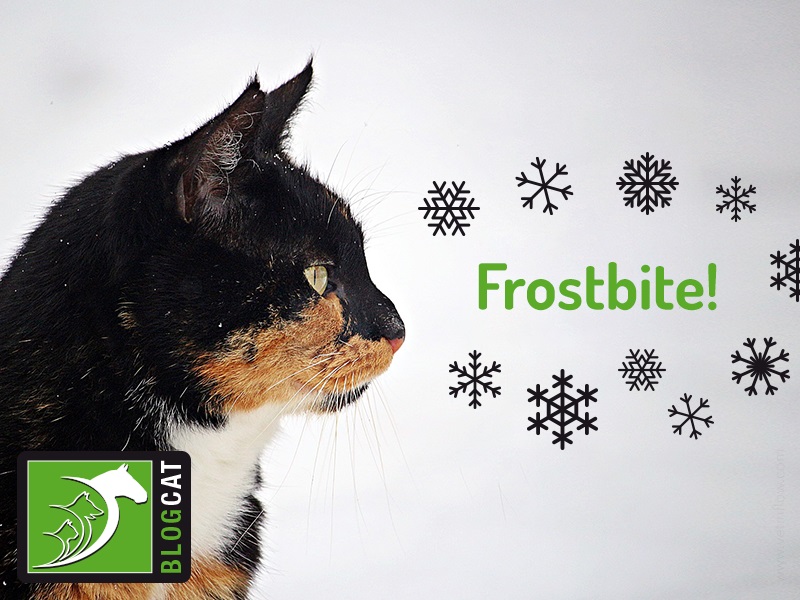All of the major festivities have passed but as we take down the glittering ornaments and bright lights, Winter has just started. The gloom of the long nights and the freezing cold weather are here to stay for a while, so we feel this is a good time to remind our community that our pets might suffer from important injuries due to the cold.
Cats in particular might wander around and get stuck in cold sheds or get caught outside without shelter, which puts them at a slightly greater risk than other pets of getting frostbite.
Frostbite is caused by exposure to cold temperatures and the colder it is, the less time is needed for damage to happen. The skin reacts to extreme cold by constricting blood vessels as a way to keep core temperature stable, which works very well as a survival method! The problem with reducing blood circulation to limbs and other exposed areas is that these might freeze over.
When this happens, the cells are heavily damaged, causing tissue death and a lot of problems down the line. Limbs, ears and tail are the most common places where cats might suffer from frostbite.
Frozen tissues can be pale, grey or bluish in colour and brittle. As they thaw, redness, swelling and pain will set in. With time, dead tissues change to a black colour and they might become infected and fall off. Depending on the severity of the frostbite, your cat might require extensive treatment and even amputation of the affected area!
Cats with diseases like diabetes mellitus and heart disease, among other issues, will have reduced circulation and will be more at risk, so pay extra attention to the time they spend outside.
If you suspect your friendly feline might have frostbite, call your vet immediately but DO NOT rub or massage the affected area or try to warm it up with direct dry heat or hot water.
Would you like to know more about cats? Check our Feline Courses:

